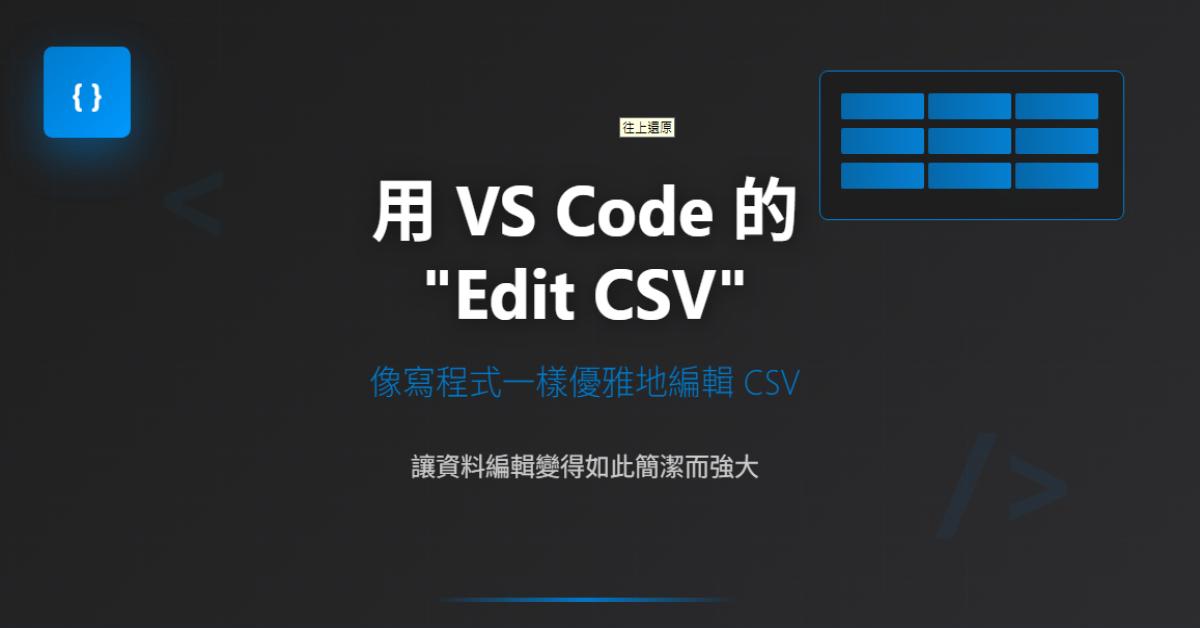System Development Life Cycle - Definition, Models, Stages, and Advantages
The System Development Life Cycle (SDLC) is a multistep process mostly used for information system deployment projects. The SDLC can consist of five upwards to 12 stages. The most common are seven or eight stages. The more stages involved, the more precisely the system analyst can define the goals and actions.
SDLC models
In software development projects various system development life cycle models are deployed. From the traditional waterfall model to spiral model, fountain model and agile processes. In practice, several models are often used combined with each other to adjust to the environment requirements.
Stages:
1. Planning
In the first phase of the system development process, the need for a new system is evaluated and the requirements are defined. The main goal of the first stage is to analyze the problem and to find a solution approach. The required features and new functions will be determined as well as the resources, costs and time will be considered at this stage.
2. System Analysis and Requirements
During the analysis period, the team evaluates the existing system and defines the deficiencies. Another important part of the analysis stage is the clarification of the end-user’s needs to ensure the new system can meet their expectations. Each part of the project will be assigned a responsible person together with a defined timeline.
3. System Design
According to the analysis results, the new system will be designed in the third stage. All necessary specifications, features, and actions are described in detail. Now the end-user will clarify their specific business information needs for the proposed system. The system design included essential components like construction, hardware, operating systems, programming, communications and security issues.
4. Development
The development phase initiates the actual production process. The new components and features must be installed and the users must be trained. Within this process changes and adaptations are common.
5. Integration and Testing
The fifth phase involves systems integration and system testing to ensure the proposed design meets the initial set of business goals. The testing is a crucial part to check all aspects of performance like errors, bugs, and interoperability and to ensure the system is free of flaws and weak points. If required, adjustments are made until the end-user accepts the final results. Another part of this phase is verification and validation, both of which will help to ensure the program’s successful completion.
6. Implementation
After the integration and testing is done, the new system can be installed. Implementation can happen in different ways, either by gradually replacing the data and components, or implementing the new system all at once. To avoid problems in the running system, the implementation is normally done in off-peak times. System analysts and end-users will review the realization of the new system and features. After all planned changes have been successfully applied, the implementation phase is completed.
7. Operations and Maintenance
The last phase involves maintenance and regular required updates. The system can be fine-tuned to improve performance or to add new features to meet the end-users needs. Also, must the system always be kept up-to-date.
Conclusion
The biggest advantage of SDLC is the gained flexibility and adaptability. The system development process is accelerated by clearly defined stages that allow us to adjust fast if a problem occurs. As there are different system development life cycle models each model has its own pros and cons. A successful implementation depends on the right choice of the model for each project. The project scope, budget, organizational environment, and the available resources should be the selection criteria for the right model.









